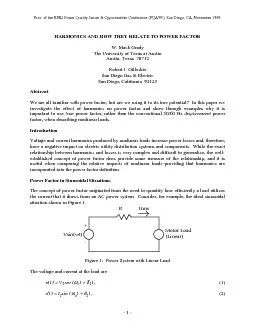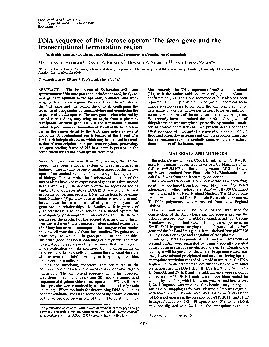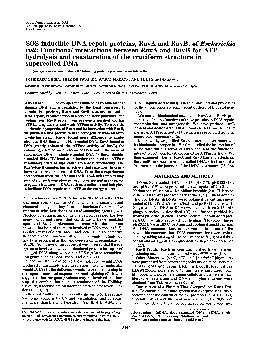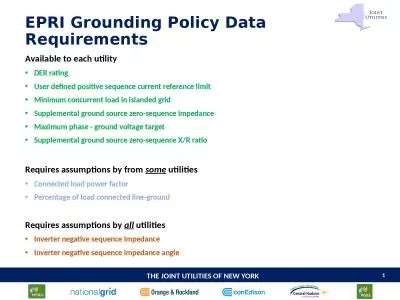PDF-Proc. of the EPRI Power Quality Issues & Opportunities Conference (PQA
Author : briana-ranney | Published Date : 2015-08-05
Irms Figure 1 Power System with Linear Load vtsin ot 1 1 itsin ot 1 2 Proc of the EPRI Power Quality Issues Opportunities Conference PQA93 San Diego CA
Presentation Embed Code
Download Presentation
Download Presentation The PPT/PDF document "Proc. of the EPRI Power Quality Issues &..." is the property of its rightful owner. Permission is granted to download and print the materials on this website for personal, non-commercial use only, and to display it on your personal computer provided you do not modify the materials and that you retain all copyright notices contained in the materials. By downloading content from our website, you accept the terms of this agreement.
Proc. of the EPRI Power Quality Issues & Opportunities Conference (PQA: Transcript
Download Rules Of Document
"Proc. of the EPRI Power Quality Issues & Opportunities Conference (PQA"The content belongs to its owner. You may download and print it for personal use, without modification, and keep all copyright notices. By downloading, you agree to these terms.
Related Documents














